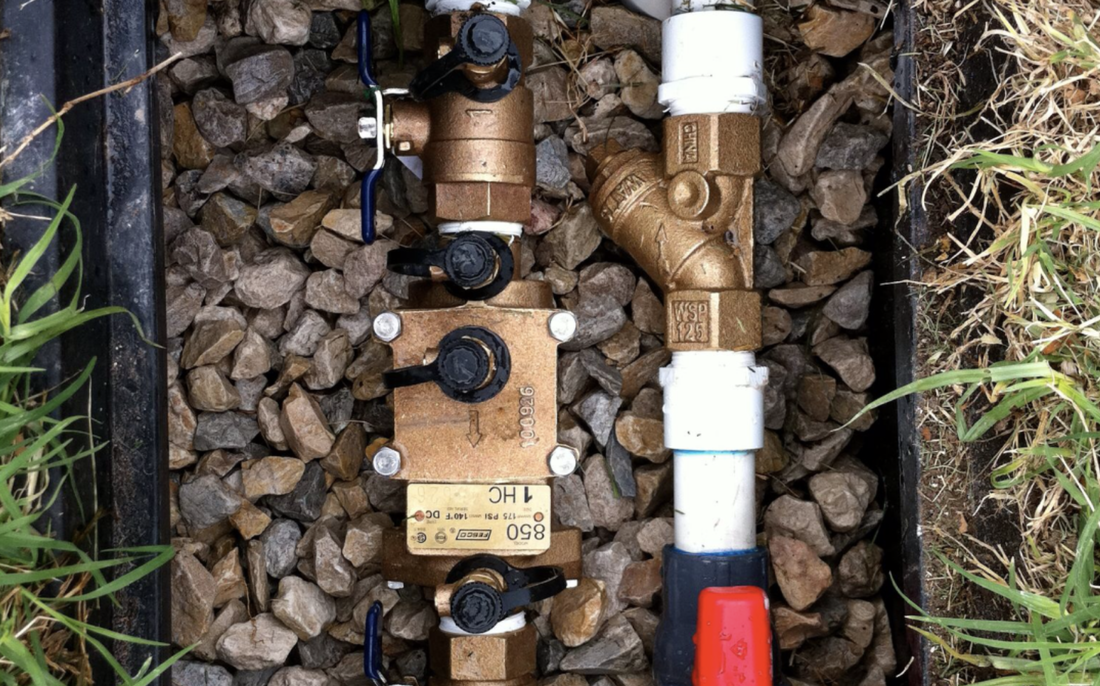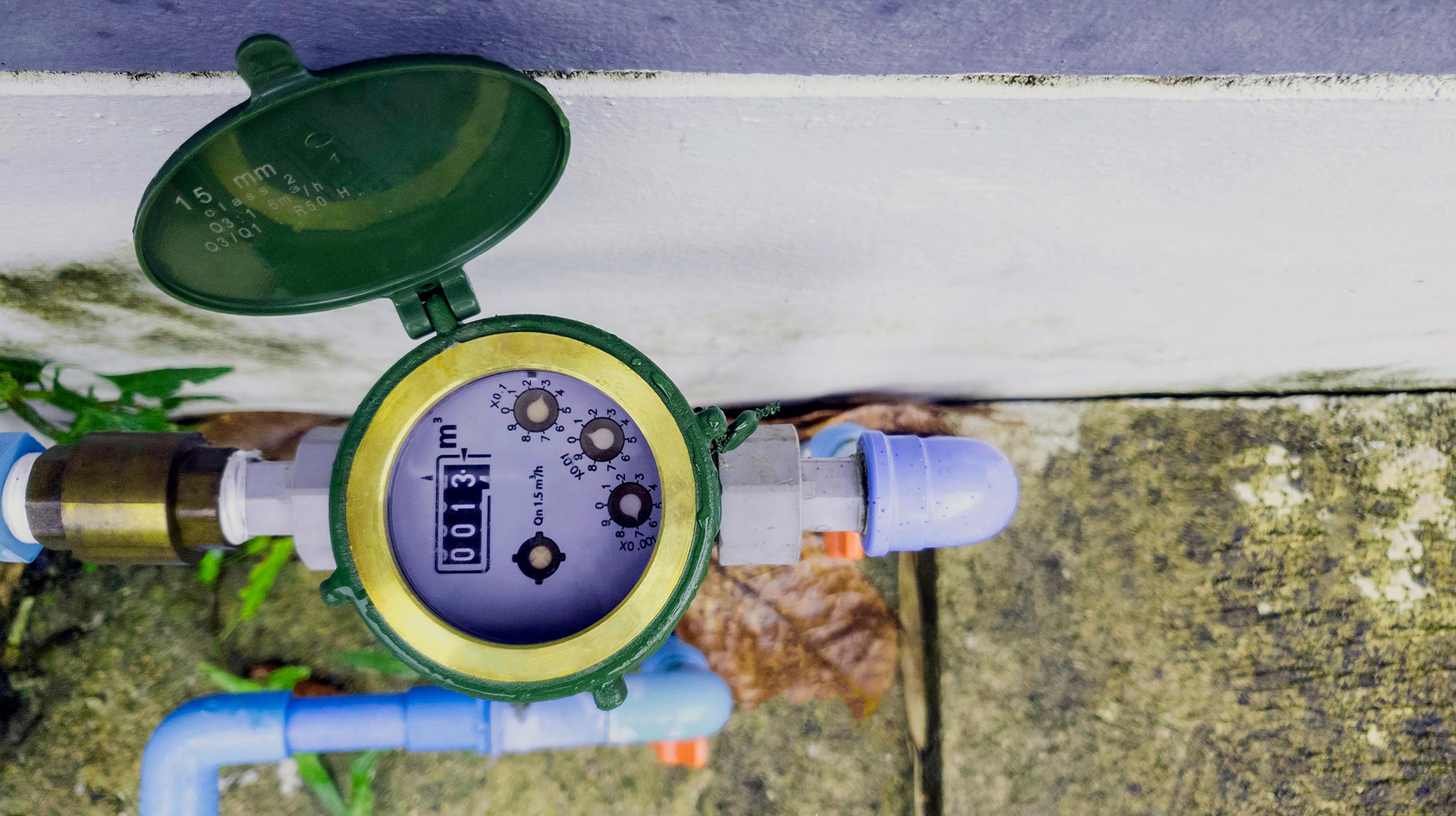Do Backflow Testing Required for Water Safety?
Do Backflow Testing Required for Water Safety?
Blog Article
We've unearthed this great article on Backflow Testing directly below on the web and think it made good sense to talk about it with you on this site.

Yes, you require to backflow test your residence's water to make certain that the water is without toxins as well as hazardous degrees of chemicals. Due to the equipment needed as well as room for error, you need to not try to carry out backflow testing by yourself. We advise that you call an expert plumber every couple of years to examine your water.
Heartburn Can Impact Both You and Your City
Due to the fact that dangerous backflow can influence the public water supply in addition to a single structure, several cities establish heartburn standards. Contemporary cities have backflow devices in location that shield the water supply that comes from the majority of houses and also business residential or commercial properties. The real threat originates from irrigation systems, which can harm the water with toxic fertilizers, manure, and various other chemicals.
What Triggers Backflow?
A regular cause of heartburn is a loss of water stress that causes the water to siphon back into the water supply. After some time, there is a loss in water pressure as well as the pipe starts to draw the water back into the water supply. As you can picture, there are now chemicals from the paint that are entering the water supply, potentially positioning a risk.
Backflow Testing is Required by Legislation in Particular Cities
Depending upon where you live, you may really be required by law to backflow test your regulation. For instance, Iowa City keeps a record of all buildings offered by the city's water supply. The city needs that specific "high-hazard" facilities undergo backflow screening. In many cases, residential properties such as homes and apartment buildings are impacted.
You Can Avoid Backflow
If you have a professional plumber set up a backflow device, unsafe heartburn is quickly avoidable. If there is an energetic danger, the plumber will certainly likewise evaluate for backflow and establish. The major purpose of a backflow gadget is to avoid water from flowing in reverse into your supply of water. Plumbing technicians install the tool on the pipelines in your residence to make sure that the water only streams in the right instructions.
What is Heartburn?
Simply put, backflow is when water moves upwards-- the contrary direction in the plumbing system. This is also referred to as "backpressure." When the water moves in this direction, it can combine with unsafe toxins as well as position a risk.
Call a Plumber to Evaluate for Heartburn Prior To It is Far too late
While it could sound grim, polluted water can bring about dreadful microbial and viral infections that are challenging to deal with. A plumbing firm can rapidly test your residence's water to figure out if there are any hazardous chemical degrees. If you can prevent the misery that comes from consuming alcohol infected water, the tiny financial investment is. And also if you do uncover that your water has high levels of contaminants, a plumber can quickly install a heartburn avoidance device.
Yes, you need to backflow examination your residence's water supply to make certain that the water is free of contaminants and damaging levels of chemicals. Numerous cities develop backflow guidelines because unsafe heartburn can influence the public water supply in enhancement to a solitary building. A regular reason of heartburn is a loss of water pressure that creates the water to siphon back right into the water supply. After some time, there is a loss in water stress and also the pipe begins to suck the water back right into the water supply. The major purpose of a backflow gadget is to stop water from moving backward right into your water supply.
WHY DOES BACKFLOW TESTING NEED TO BE DONE EVERY YEAR
What Is Backflow?
Toxic gas backing up into a building is one example of potential backflow issues, but backflow can occur in many other ways.
Backflow is generally referred to as the reversal of a liquid or gas in a plumbing system.
Most issues for the public occur with backflow resulting in contaminated drinking water. If you look up backflow issues online you’ll probably find references to “potable” water. That means drinking water.
There have been backflow issues in the past with drinking water. Chemicals, sewage and other contaminants have found their way into drinking water causing health issues for those that count on the fresh water.
What Causes Backflow?
In a residence or commercial building water generally flows one way. This normal flow is usually driven by consistent pressure in the water and waste system.
Anything that changes the normal pressure in the system can lead to backflow.
Fire hydrant use or malfunction can reverse the normal pressure in the system on a city line, but backflow can occur in a number of different ways.
Sometimes backpressure might be caused by someone using a garden hose and submerging the end of the hose in a pool of liquid. If pressure is lost the flow could reverse and contaminants could be released into the drinking water.
Anytime there is a connection between contaminants and the drinking water there is potential for a backflow issue. Sometimes these connections are not immediately obvious like the garden hose connecting to a building’s drinking water supply.
Backflow Regulations
The Environmental Protection Agency (EPA) provides guidelines and regulations for state and local governments regarding backflow. State and local governments also have their own guidelines and regulations for backflow prevention.
Arizona has its own backflow regulations.
Due to issues with backflow in the past, regulations require backflow preventer devices to be used in nearly all residential and commercial buildings.
A backflow preventer is a device that prevents backflow as cross-connection points where potential backflow issues may occur.
While backflow is not a common occurrence, preventers are in place to make sure there is no contamination should something malfunction or go wrong with a building’s water supply.

We had been brought to that report about Backflow Prevention through a good friend on another domain. Enjoyed our content? Please share it. Help another person check it out. Thanks so much for taking the time to read it.
Request An Appointment
Report this page